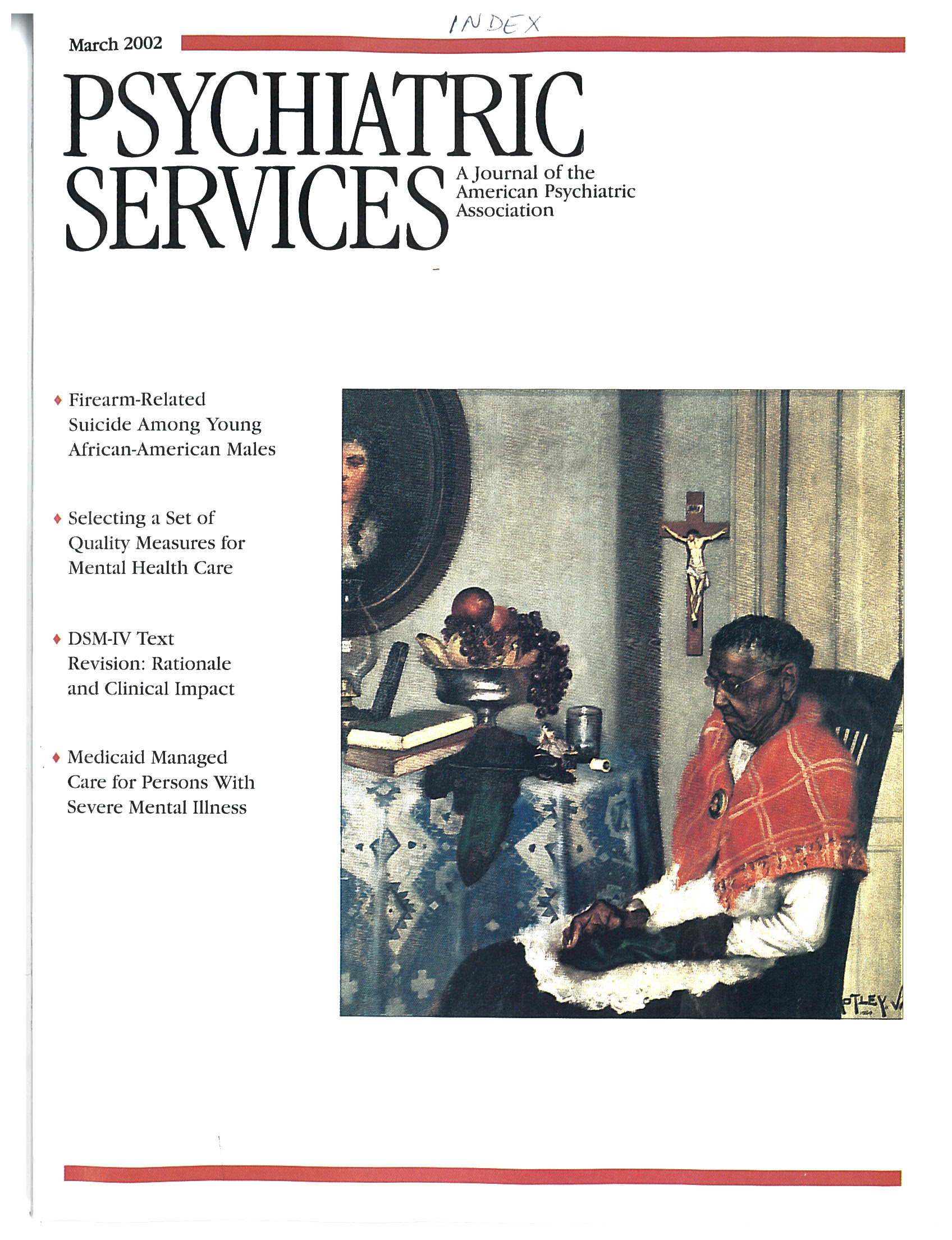What if we could take current scientific knowledge about environmental factors related to schizophrenia and make a wish list of interventions to decrease the incidence and severity of the disorder? This is essentially what Richard Warner does in this stimulating and well-written book.
In a concise introduction, Dr. Warner provides an overview of what we know about schizophrenia—etiology, diagnosis, course, and treatment. The book proceeds in three parts, focusing in sequence on the individual, domestic, and community levels. In each part the author identifies major issues and then proposes interventions that he believes will help us "go forward to a level of knowledge and a set of treatment approaches, social policies, and community responses that will limit the occurrence of new cases and allow people with schizophrenia and their families to lead fuller and more satisfying lives."
At the individual level, Warner addresses obstetric complications, substance abuse, social stress, and access to power. At the domestic level, he discusses living with family, domestic stress, and alienating environments. At the community level, he addresses work availability, economic disincentives to work, and stigma.
Warner proposes 13 interventions. Each is simple, has a clear rationale, and is presented with supporting references. Warner is clearly one of those who think outside the box, and he presents most of his recommendations in a way that will stimulate thought but may also provoke controversy. For example, the second intervention calls for individualized substance use counseling. In discussing this recommendation, Warner suggests that in some cases use of marijuana might help a client "feel calmer and happier" and actually prevent stress-related relapse. For other patients, marijuana might help alleviate unpleasant medication-related side effects. For yet other patients, the drug might have deleterious effects. Advocating this degree of individualization of treatment takes considerable courage and is certainly not the conventional wisdom or the textbook approach.
It is worth listing all 13 of Warner's proposed interventions: an educational campaign on the risks of obstetric complications; individualized substance use counseling; cognitive-behavioral therapy for psychotic symptoms; use of benzodiazepines to reduce stress-induced psychotic symptoms; consumer involvement at all levels of service provision; tax-free support payments for caregivers; marketing the family psychoeducational approach; domestic alternatives to the hospital for acute treatment; social firms—consumer-employing businesses; modifications in disability pension regulations; wage subsidies; lobbying of the news and entertainment media; and a global antistigma campaign.
Warner is a well-known schizophrenia researcher who brings to this book a wealth of experience and an international perspective. The Environment of Schizophrenia is short; it is a quick read, and every page will provoke thought, hopefully stimulate debate, and maybe encourage action. I recommend it highly to anyone working with patients who have schizophrenia, to psychiatric trainees, to advocates interested in services for people with serious mental disorders, and especially to policy makers who might be inspired to take action on one or more of Warner's well-considered recommendations.

